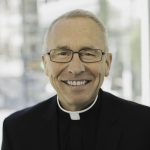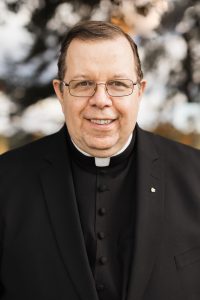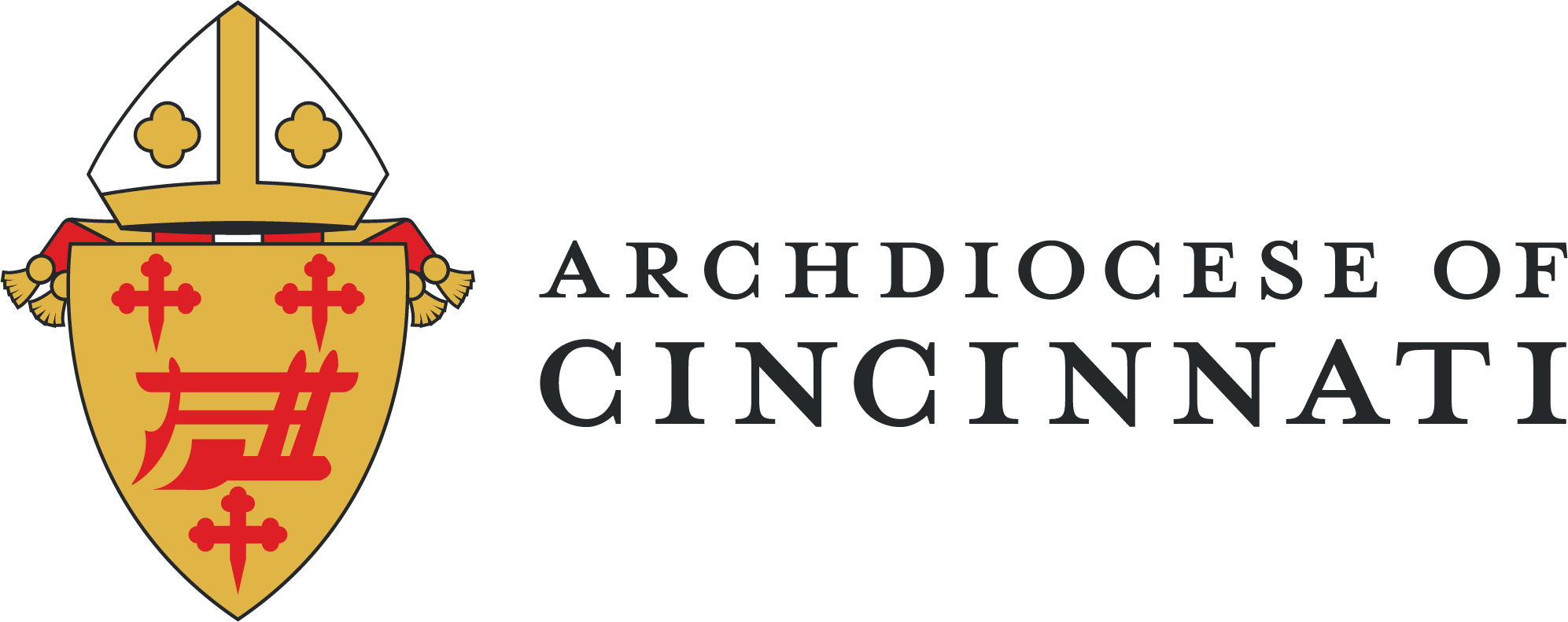It may at times feel that the changes that are envisioned in Beacons of Light came upon us quickly, without warning. Those who have led or been involved in the Church of the Archdiocese of Cincinnati for a while know that the challenges of this moment did not simply appear out of nowhere. Many of the circumstances that prompted Beacons of Light were present in the late 1990’s and early 2000’s. So much so that previous planning processes, Ministry 2000 and the Futures Project, were designed to begin to address the pastoral needs of parishes and people in that time. Yet, priests, parish leaders, and parishioners, along with Pastoral Center staff, were simply not prepared to undertake such complex plans.
Recently while doing research, Archbishop Schnurr discovered an address to priests of two deaneries presented by Archbishop Daniel Pilarczyk in 1996. Archbishop Pilarczyk’s scriptural and socio-theological insights are still very relevant, so much so that we offer his notes here for our reflection and consideration. Archbishop Pilarczyk concludes by saying, “I can’t guarantee you the promised land at the end of this particular journey. I can only say that I am convinced that this the direction in which God is calling us to go.” May we continue to journey together toward more vital, mission-focused life in our archdiocese.



